Interview: Cast and Musical Director of CHARLESTON LIGHT OPERA GUILD'S Production of 42ND STREET!
42nd Street, the iconic Broadway masterpiece and winner of the Tony Award for Best Musical in 1980, is tap-dancing its way onto the Charleston Coliseum & Convention Center's Little Theater stage in Charleston, WV from April 26th, 2019 through May 11th, 2019 courtesy of the talented performers and crew of the Charleston Light Opera Guild.
42nd Street is not your typical Broadway show - it is a show within a show - with audiences watching the journey of a group of struggling actors as they attempt to put on famed director Julian Marsh's (John Marshall) latest production, Pretty Lady, during the Great Depression. Famously arrogant and dictatorial, Julian Marsh is determined to see the show through despite a series of mishaps and the loss of his leading lady the night before opening. The members of the chorus, including Anytime Annie (Natasha Allen), step in and suggest that Julian give a new actress, Peggy Sawyer (Toni Pilato), a chance to carry the show.
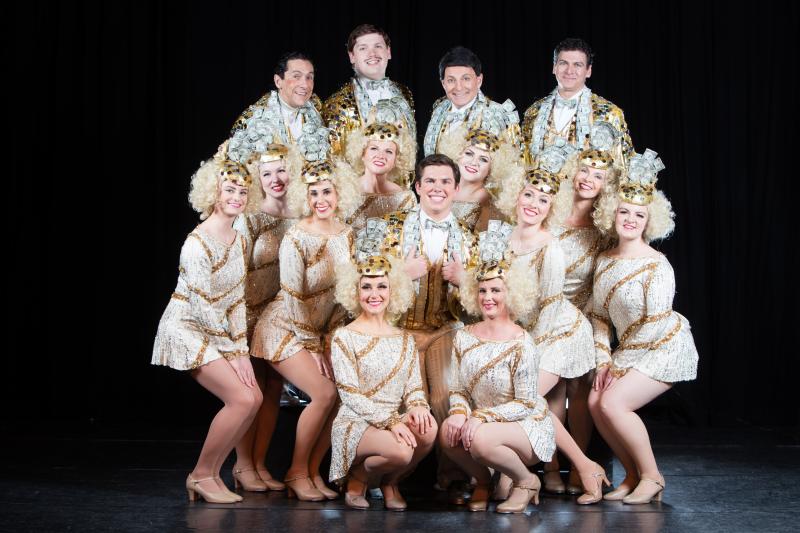
Photo: Brian Marrs
Full of iconic songs, inventive scenery, fantastic dancing, and a great story - 42nd Street is the epitome of a Broadway classic. Featuring a book by Michael Stewart and Mark Bramble, lyrics by Al Dubin and Johnny Mercer, and music by Harry Warren, 42nd Street has cemented its place in American musical history and has endured as a classic for decades. 42nd Street has been brought to the stage many times, including most recently in a 2017 West End revival which was filmed for Broadway HD.
I spoke with lead actress Toni Pilato (Peggy Sawyer) and lead actor John Marshall (Julian Marsh), along with Natasha Allen (Anytime Annie) and Bobby Hodges Jr (Musical Director) about 42nd Street's enduring appeal, their characters, favorite production moments, and more!
"Forget your sorrows until tomorrow, go into your dance."
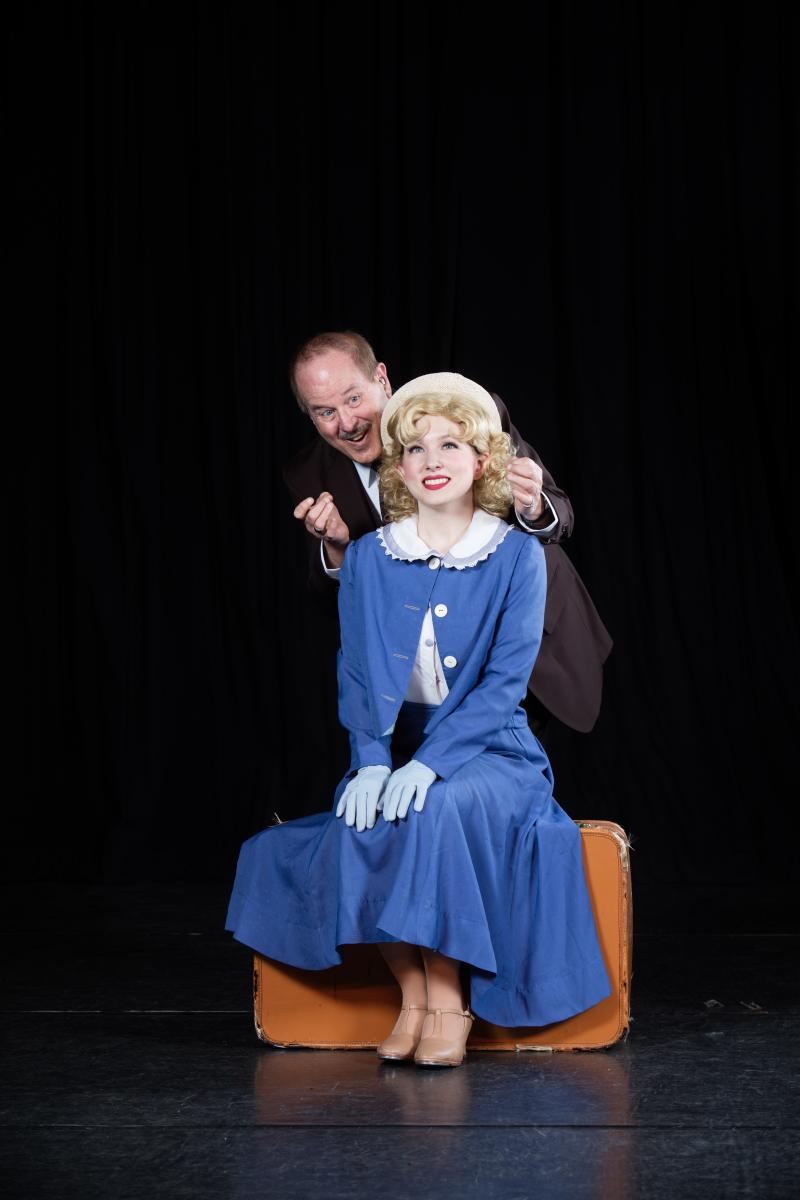
Photo: Brian Marrs
Lead actress Toni Pilato has had years to prepare for the role of Peggy Sawyer, having performed in CLOG's last production of the show - albeit in a much different role.
"I was in the ensemble the last time around, and Peggy Sawyer has been a dream role ever since," explained Pilato. "The opportunity to live out her story by going from a chorus girl to one of the leading ladies feels like coming full circle."
For those unfamiliar with the role, Pilato explained who Peggy Sawyer is and her importance to the production. "Peggy is a young dancer from Allentown, PA, coming to New York to audition for a chorus part in her first Broadway show. When the star of Pretty Lady, the show within a show, is injured right before opening, Peggy is asked to step into the role to keep the show from closing."
Pilato sees a bit of herself in Sawyer and identifies with Sawyer's underlying motivation - the need to dance. "She's a dancer hoping to land a job doing what she loves." As for why Sawyer dances, Pilato explains, "I don't think she's searching for lead roles or stardom, but she wants to dance and is willing to step up and help the others keep their jobs and to keep this new show alive."
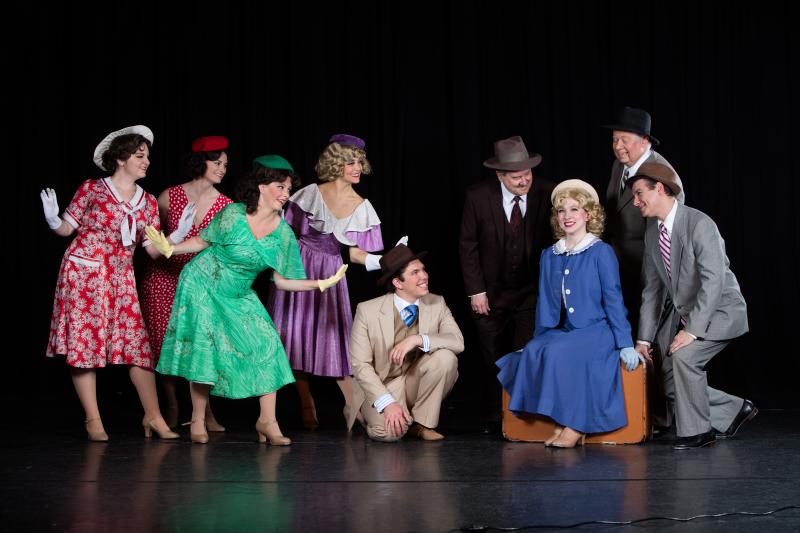
Photo: Brian Marrs
Pilato explains the show as, "a classic story about a girl chasing her dreams and about a group of people working together to make something larger than all of them." She believes the show has a message of hope; a belief that everybody deserves a shot at their dreams. "I love something Annie says in the second act - that Peggy is 'every girl who ever kicked up a heel in the chorus', it reminds us to appreciate that every person on that stage is incredibly talented and dedicated, regardless of the size of the part. Every person has to dance, sing, and act. You never know who might be a star if they just had a chance to show what they can really do."
Pilato spoke about revisiting the show, this time in a lead capacity rather than ensemble, and the pressure that is attached to that drastic change. "There's always pressure to perform well because you never want to let down your castmates or the audience, but there's an extra intensity for this show because I want to live up to the performances I remember from last time."
Despite the newfound pressure of a lead role, Pilato explains that she learned what to expect from performing in the ensemble last time, "The ensemble is also under a lot of pressure in a dance show like that that requires so much precision. So, to a certain extent same feeling, different costume!"
Pilato jumped at the chance to be in the production again and, despite her dream of playing Peggy, she was willing to take any role offered. "When I found out they were doing it, I knew I would accept anything they wanted to give me, just to be in it again. It's a great show for dancers, especially if you tap. Of course, I also have so many fond memories from the last production; it was so much fun and such a positive experience that CLOG hasn't been able to get rid of me since."

Photo: Brian Marrs
To many theater lovers, 42nd Street has long been the pinnacle of classic Broadway - a perfect mix of great songs and incredible dancing; the epitome of what live theater should be. Pilato agrees, and explained why she believes the show has endured for so long.
"So many of the songs and quotes have become part of the culture - people have heard them without knowing this was the origin. It really speaks to the quality of the music and the writing that the tunes are still catchy, and the lines are still relevant today. It's also an underdog story about following your dreams, and that never goes out of style. And come on - who doesn't love tap dance?"
"Anytime Annie, who could forget her? She only said no once, and she didn't hear the question!"
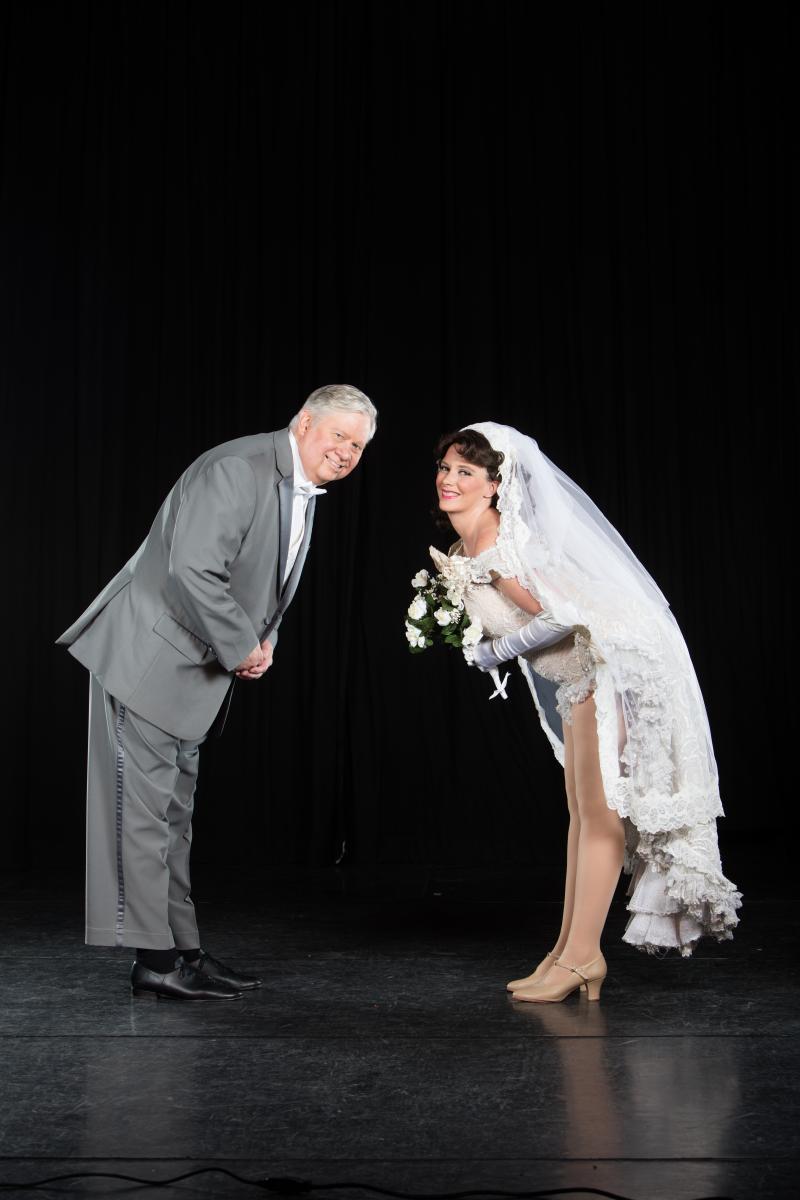
Photo: Brian Marrs
"The show, to me, is about how hard it was to find a career in Broadway back in 1930's New York City," explained Natasha Allen, who portrays Ann Reilly - better known as Anytime Annie - in the production, a role made famous by Ginger Rogers in the 1933 film. "People gave their right arm to be in a show, it was very important to them. If they didn't make it, they were homeless. Broadway gave them something to do with their lives and a chance to hopefully make it to the big time."
Like Pilato, Allen believes that the underlying meaning of the show is to follow your dreams, "I believe the show's message is to never give up on your dreams. Peggy walks in knowing that she has a gift, but she's too afraid to go for it. Once she finally finds the nerve to do it, she battles with confidence throughout the show. Luckily, she has others around her that push her to succeed and not give up. In the end, she's a star!"
In case you haven't seen the production before and have never watched the 1930's film version, Allen explained her character and their importance to the show. "Anytime Annie is a chorus girl who gets around - she's also a little spitfire who's not afraid to speak her mind. She's one of the characters that takes Peggy Sawyer under her wing and helps her make it into the show Pretty Lady when the star, Dorothy Brock (Tory Casey), breaks her ankle."
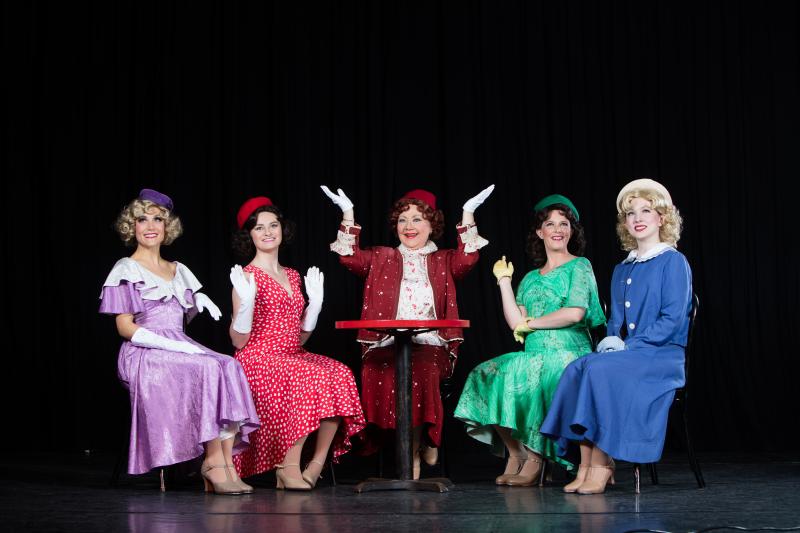
Photo: Brian Marrs
While Allen appreciates her character's backstory, she wouldn't say that she completely agrees with Annie's lifestyle choices. "I wouldn't say that I identify with Annie - At least as far as the getting around part. But I believe that she does what she does to make it through the hardness of getting into a show on Broadway. She's eager to find her sugar daddy to make her way through life easier, but it's not like she isn't talented. After all, she's the one who shows the steps to Peggy in the first place."
Since she first put on tap shoes, Allen has dreamed of being in 42nd Street. "I auditioned for the show because I love tap dancing and all I've ever wanted to do was to be in the opening number of 42nd Street." When she saw audition notices for the show, she jumped at the chance to finally make her dream come true - willing to accept any part offered if it meant getting to perform in that opening scene. Allen's years of experience paid off, and she was offered the role of Anytime Annie - which has challenged her and helped her to become a better dancer. Despite the hardships, Allen has enjoyed the ride. "I am so incredibly thankful and lucky to be able to be a part of this production. This show has really challenged me, and I hope it has made me a better tap dancer! I hope that audiences will come and enjoy what we have worked so hard to bring to the stage."
"The show is filled with lots of fun and memorable songs and dances," explained Allen, when asked her favorite number. "It's hard to choose just one, but the opening number will always be my favorite. I cannot wait to hear the applause afterwards! My favorite fun number to do is We're in the Money, and my most challenging is Go into Your Dance. "
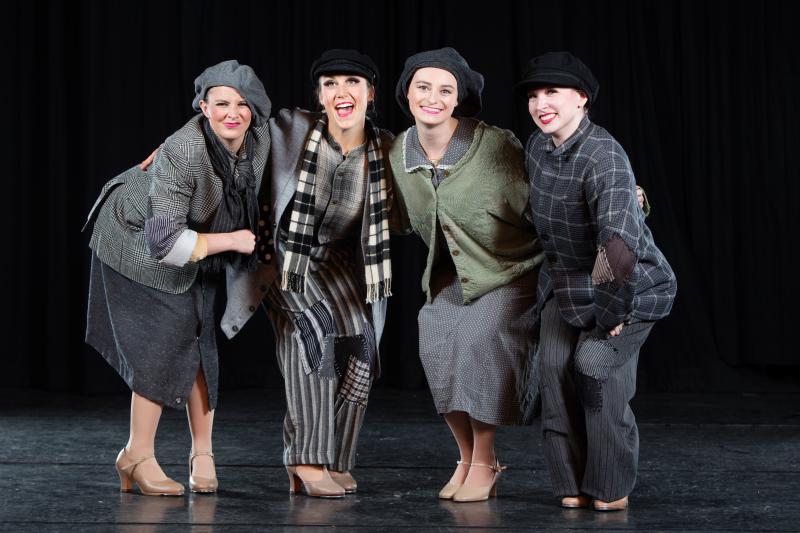
Photo: Brian Marrs
In closing, Allen had a message for potential audience members, "Please come and see this show! It's fun, exciting, and great for all ages! The cast and crew have worked extremely hard and I'm so thankful to be a part of such a wonderful cast. The choreography alone will amaze you. It's hard and complicated, sometimes I don't know how I am doing it!"
"Best? That's not good enough. I want better than your best. I want sheer, unadulterated brilliance!"

Photo: Brian Marrs
John Marshall tackles the infamous role of Julian Marsh in this production, bringing this enigmatic and slightly egotistical director to life on stage.
But who is Julian Marsh? Marshall explains that, "Julian Marsh is a rather notorious and dictatorial Broadway director who is trying to mount a major musical at the height of the Depression. He is the driving force behind the show." Marsh serves as a motivating factor for those in the show - leading the actors to glory despite sometimes coming off as too rough. In the end, he just wants to see his performers succeed.
When asked if he identifies with his character, Marshall said, "Yes indeed. I have been a Musical Director for the Light Opera Guild since 1981, and I know how wonderfully difficult it can be sometimes."
During his time as Musical Director for CLOG, Marshall has performed 42nd Street twice, although this is his first time acting in the show rather than conducting. Marshall's reason for forgoing conducting to act this time around was simple, "The show has been on my bucket list to perform for many years, especially after conducting the two previous Guild productions." When the opportunity arose to star in the show, he had to seize it.
.jpg)
Photo: Brian Marrs
As for why he believes that the show has endured as a classic, his answer was simple - "The music! Music! Music! And the wonderful Gower Champion choreography."
As for Marshall's favorite number, he explained that "singing Lullaby of Broadway is a thrill!" but quickly added, "there is not a bad production number in the show, and that is a rare thing. (the show) will be a huge treat for the audience! I think that's how we all feel about this wonderful show! It is a musical fable of hope and beating the odds to succeed!"
"Come along and listen to the lullaby of Broadway"
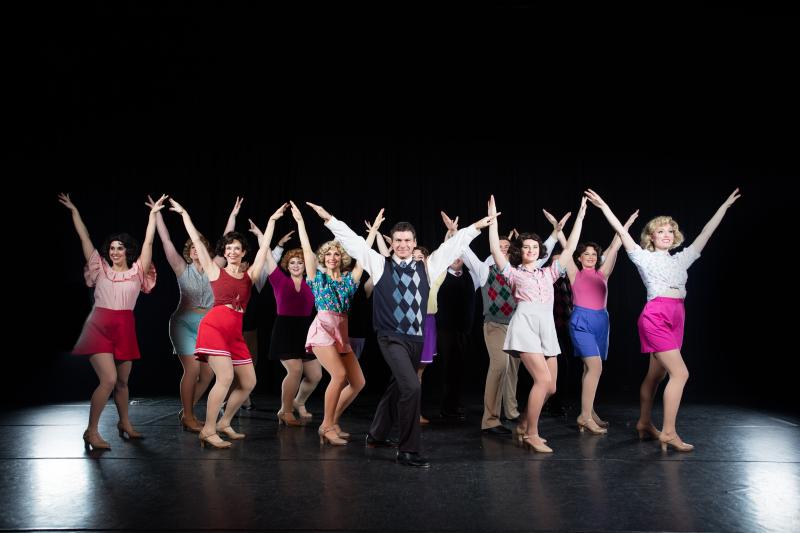
Photo: Brian Marrs
Conducting that iconic Broadway score this time around is Bobby Hodges Jr, a long-time Musical Director and frequent Guild collaborator. He took some time to explain to me what it takes to bring a beloved musical like 42nd Street to life and the instruments needed to do the score justice.
"The Charleston Light Opera Guild is very lucky to have a core group of classically trained musicians that also have a background in jazz. Many of these musicians play every show," explained Hodges Jr. "I've known and worked with these outstanding musicians for many years, so every show is like getting all your talented friends together for a jam session. It's a very creative environment."
To recreate iconic songs such as We're in the Money and Lullaby of Broadway, there are a lot of instruments involved. "The instrumentation is a classic 1930's jazz band consisting of five woodwinds, six brass, and a rhythm section," said Hodges Jr. "The woodwinds have the particular challenge of playing multiple instruments for this show. The five woodwind books cover parts for one Piccolo, two Flutes, five Clarinets, one Bass Clarinet, two Soprano Saxes, two Alto Saxes, two Tenor Saxes, and one Baritone Sax; which means each woodwind player must play at least three to four instruments each."
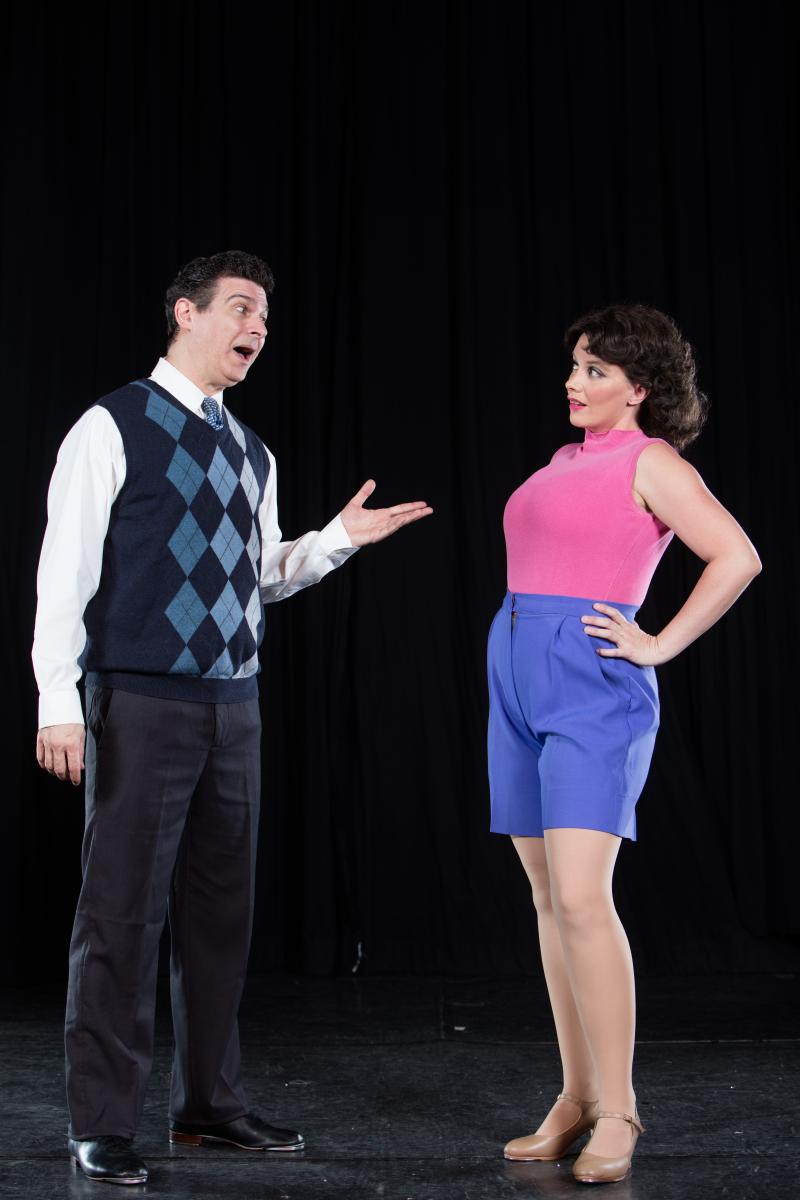
Photo: Brian Marrs
Despite having a talented group of musicians, there is always a bit of pressure when performing such an iconic score. "The struggles of performing a well-known score is that you have to give the audience a rendition that will spark the familiarity of what they have listened to and enjoyed while incorporating your own interpretation," explained Hodges Jr. Despite the pressure, he and his band of musicians are more than up for the task. "The reward is the audience responding positively to all the hard work."
Like Marshall and Pilato, Hodges Jr. is also a veteran of the show, having been a part of both of CLOG's previous productions. "This is the third time I've been involved in CLOG's production of 42nd Street. The first time I was in the cast of the show, the second time I played in the orchestra. So, I jumped at the chance to be musical director this time around."
"I think 42nd Street is a true American treasure. Jazz was the first true form of American music and the score by Harry Warren and Al Dubin transports the listeners to the great jazz era of the 30's and 40's. These songs have stood the test of time over and over, so it is a privilege to get to recreate such an iconic work of American art," said Hodges Jr. "It is hard for me to name a favorite song, because I love all of them, but two numbers in particular are stand-outs for me. First is the opening audition number, the Overture transitions into the opening audition scenes as the curtain rises revealing a major tap production number that is just amazing. The second would be the namesake piece,42nd Street, at the end of Act II which is another major production number that would make any dancer, musician, or jaded theatre goer salivate."
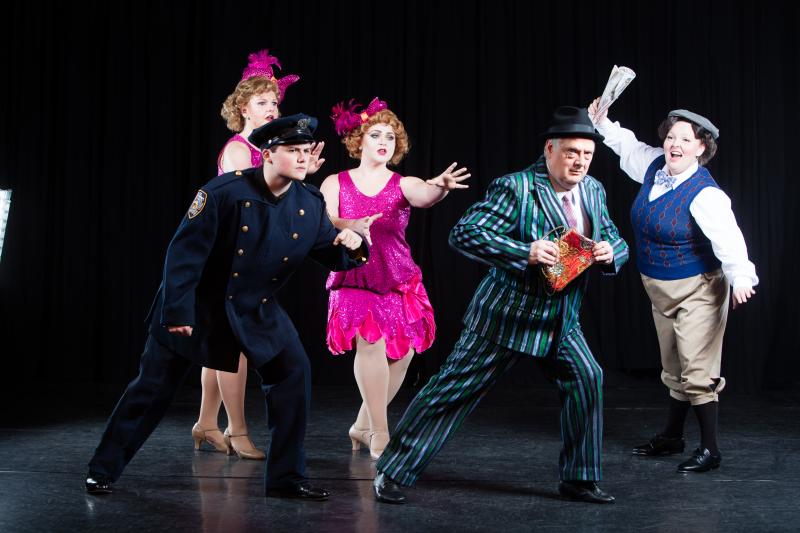
Photo: Brian Marrs
Like the others, I asked Hodges Jr. why he thought 42nd Street had endured for so long as a modern classic. "What makes this show so enduring is that it has everything a person who loves live theatre could want," explained Hodges Jr. "Catchy, well-written songs, lots of glamorous costumes, and an endless supply of well-choreographed tap dancing - all strung together with a heart-warming storyline driving home the message that the show must go on."
In conclusion, Hodges Jr. wanted to let audiences know that CLOG's production of 42nd Street is, "as close to a production on Broadway as you can get. It's an honor and privilege to get to work with so many talented artists and I hope everyone in the Charleston area will come out to see and hear the overwhelming talent that Charleston has to offer. The audience can expect a glitzy, glamorous, toe-tapping evening of great American born theatre. I guarantee it!"
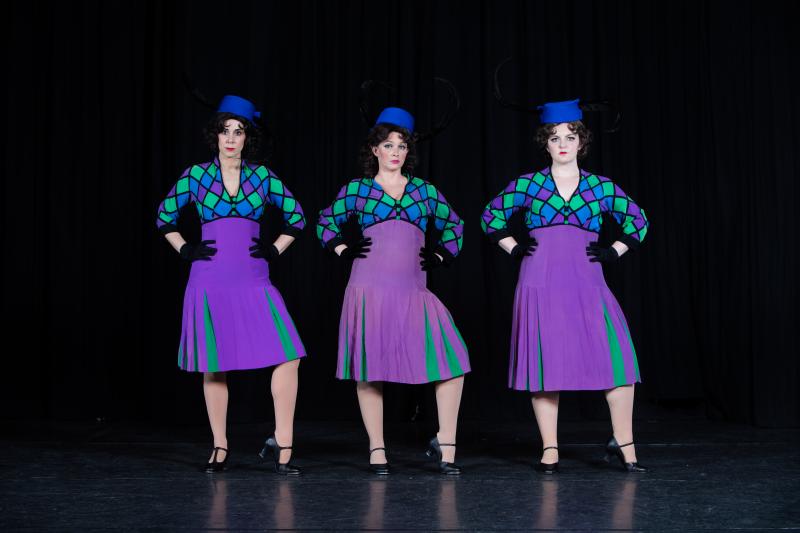
Photo: Brian Marrs
Show Information
Theater: Charleston Coliseum & Convention Center Little Theater, 200 Civic Center Dr, Charleston, WV 25301
Show Dates: April 26th, 27th, May 3rd, May 4th, May 10th and May 11th, 2019 at 7:30 PM and May 5th, 2019 at 2:00 PM.
Tickets: $25.00 each and can be purchased through CLOG's Ticketing Website or the box office.
More Information: https://www.charlestonlightoperaguild.org/ or their Facebook Event Page.
All pictures used in this article are property of Brian Marrs. http://www.brianmarrs.com
Comments
Videos

